

#Conservation #CitizenScience #DNAbarcoding #Entomology #Hymenoptera
➡️ www.biodiversitylibrary.org/page/50441252

➡️ www.biodiversitylibrary.org/page/50441252



Advancing subterranean conservation through Global Research on eDNA in Groundwaters (GReG) subtbiol.pensoft.net/articles.php...
Advancing subterranean conservation through Global Research on eDNA in Groundwaters (GReG) subtbiol.pensoft.net/articles.php...
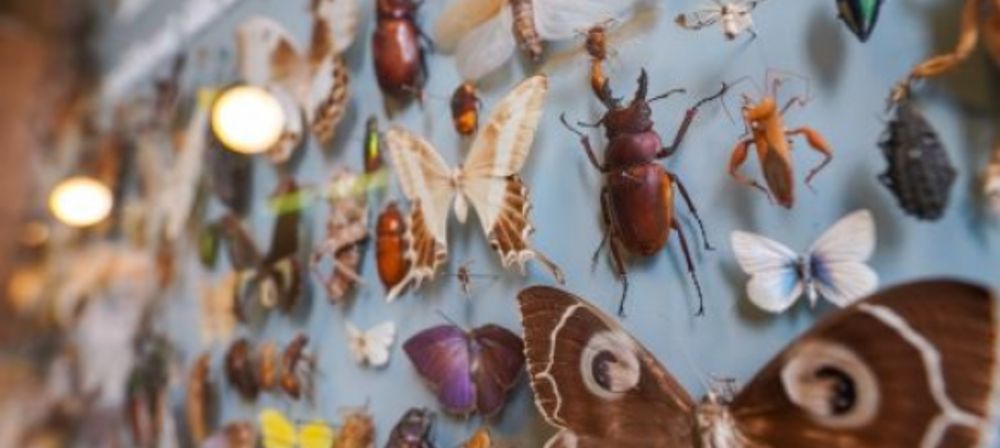

Learn more during #InsectWeek: scim.ag/40mj1S8
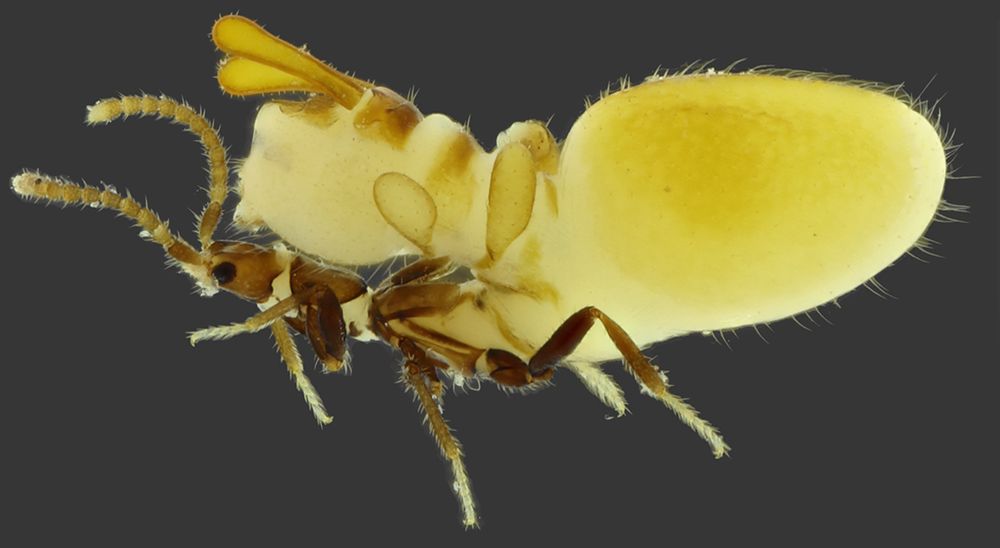
Learn more during #InsectWeek: scim.ag/40mj1S8
(Chrysometa chuchaqui)

(Chrysometa chuchaqui)
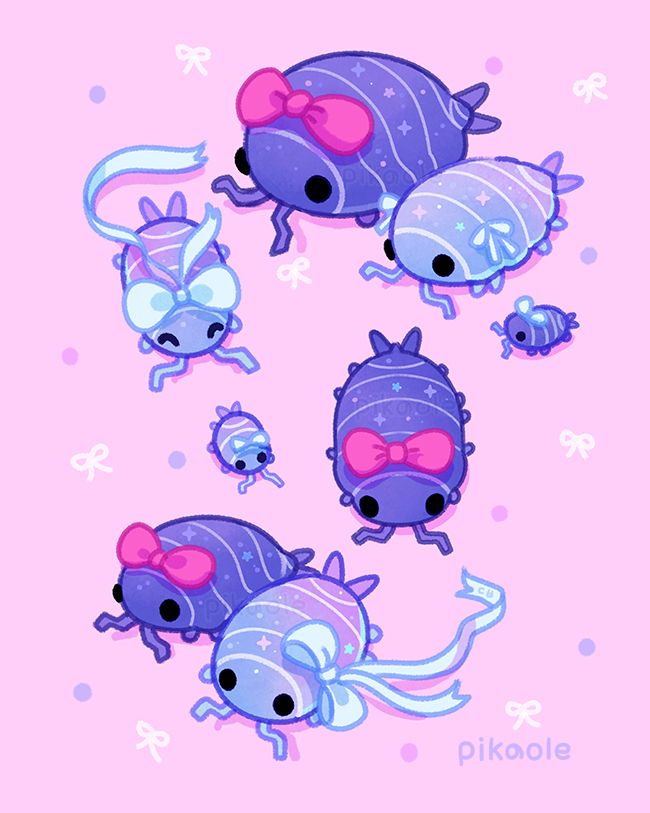
For more lab news, check out our newsletter below. invertebratelab.com/2025/04/01/n...

These tiny isopods were once abundant near Marree, south of Kati Thanda–Lake Eyre in South Australia.
#southaustralianmuseum #conservation #katithanda #lakeeyre


These tiny isopods were once abundant near Marree, south of Kati Thanda–Lake Eyre in South Australia.
#southaustralianmuseum #conservation #katithanda #lakeeyre
linktr.ee/squishyfauna
#invertebrates #bugsky #bugs #entomology #insects #herps #frogs #snakes #sciart #bsnm

linktr.ee/squishyfauna
#invertebrates #bugsky #bugs #entomology #insects #herps #frogs #snakes #sciart #bsnm
🌸🍄🍄🍄🍄🍄🍄🍄🍄
🍄🍄🌱🌱🌱🍄🍄🌱🐢
🍄🌱🌱🍄🌱🌱🍄🌱🍄
🍄🌱🍄🍄🍄🌱🌱🌱🍄
🍄🌱🌱🥗🍄🍄🍄🍄🍄
🍄🍄🍄🍄🍄🌸🌷🌺🌸
🌸🍄🍄🍄🍄🍄🍄🍄🍄
🍄🍄🌱🌱🌱🍄🍄🌱🐢
🍄🌱🌱🍄🌱🌱🍄🌱🍄
🍄🌱🍄🍄🍄🌱🌱🌱🍄
🍄🌱🌱🥗🍄🍄🍄🍄🍄
🍄🍄🍄🍄🍄🌸🌷🌺🌸



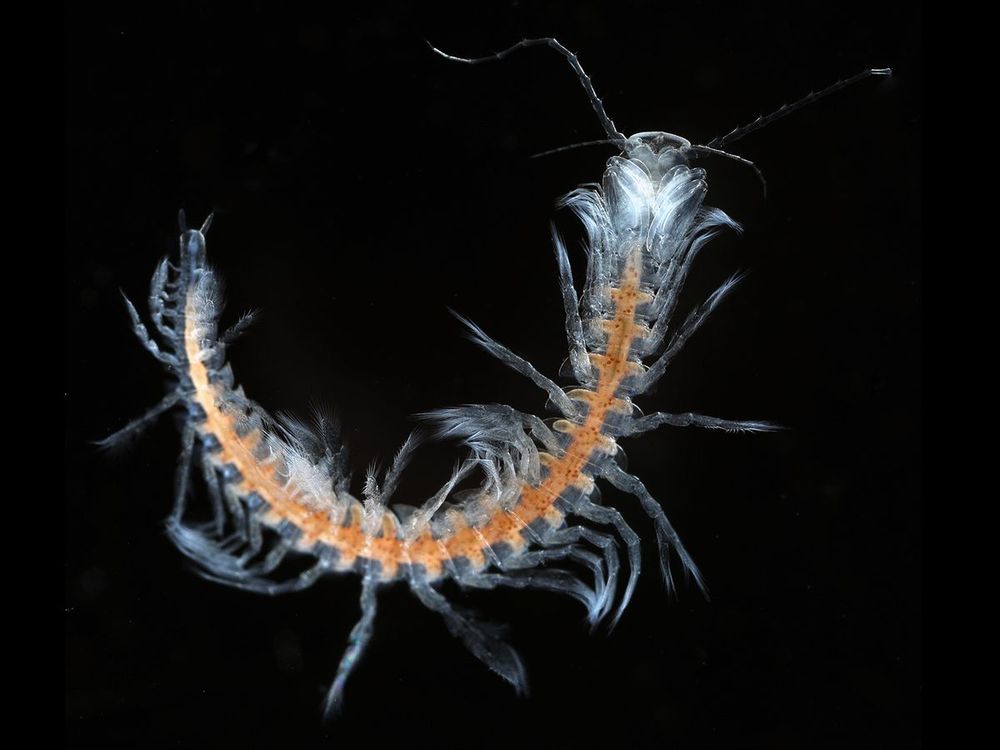
Paper: tinyurl.com/bddev8kn


Paper: tinyurl.com/bddev8kn
@cenmag.bsky.social 🧪
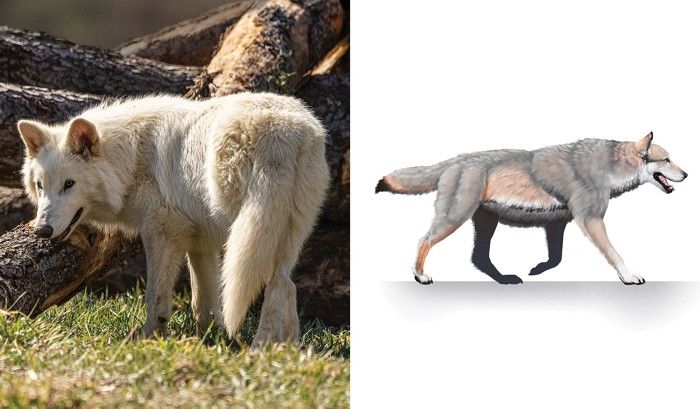
@cenmag.bsky.social 🧪
#art #nationallibraryweek

#art #nationallibraryweek




